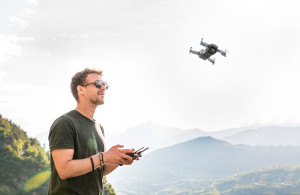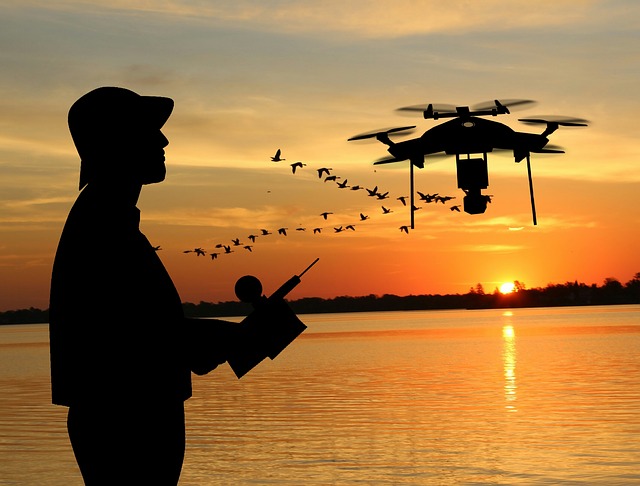What are the features of and differences between drones and quadcopters?
Aug 25, 2023 8:07 PM
Drones and quadcopters have become increasingly popular in recent years, both for recreational and professional use. These unmanned aerial vehicles (UAVs) are versatile, capable of capturing stunning aerial shots, performing tasks that were once challenging or dangerous, and delivering packages efficiently. While the terms “drone” and “quadcopter” are often used interchangeably, there are some key differences between the two.
Features
Firstly, let’s discuss the features of drones. Drones, also known as unmanned aircraft systems (UAS), refer to any type of remote-controlled aircraft that operates without an onboard human pilot. These aircraft can be autonomous, relying on pre-programmed flight paths or artificial intelligence to perform tasks. Or they can be controlled by a remote operator. Drones typically come in various sizes and designs, from small handheld models to larger, more advanced aerial vehicles.
On the other hand, quadcopters are a specific type of drone that utilizes four rotors in a symmetric layout, giving them the ability to take off and land vertically, maintain stability in flight, and perform agile maneuvers. The term “quadcopter” stems from the fact that it has four rotors, as “quad” means four. Other drones, such as fixed-wing or hexacopter models, may have different numbers of rotors and alternative designs.
Drones and quadcopters differences
One of the key differences between drones and quadcopters lies in their versatility. While quadcopters excel in maneuverability and stability due to their multiple rotors, they generally have a limited flight duration. Their smaller frame and rotor configuration make them ideal for capturing aerial footage, assisting in search and rescue operations, or performing inspections in confined spaces. Drones, on the other hand, can come in various configurations, thus enabling them to be deployed in diverse environments and perform a wide range of tasks.

Another distinguishing factor is the flight capabilities and control systems. Quadcopters, with their nimble design, can hover in a fixed position, change directions quickly, and perform aerial tricks with ease. They are suitable for beginners as they offer a stable and forgiving flight experience. Drones, on the other hand, often have advanced flight capabilities, including longer flight times, higher speeds, and the ability to operate in difficult weather conditions. These features make them suitable for tasks requiring extended flight distances or demanding environmental conditions.
More info
Additionally, drones often come equipped with advanced sensors, cameras, and software capabilities that allow them to perform complex functions. Therefore they can capture high-quality images or videos, perform autonomous mapping and surveying, and even carry out autonomous inspections. Quadcopters, while also capable of carrying cameras and sensors, are generally more limited in their functions. This is due to their smaller size and less sophisticated technology.
In conclusion, drones and quadcopters are both types of unmanned aircraft systems. But the term “drone” encompasses a broader range of aerial vehicles. Quadcopters, as a specific type of drone, are characterized by their four-rotor design and agility in flight. While quadcopters are ideal for agile maneuvers and close-range operations, drones offer more versatility, advanced flight capabilities, and a wider range of applications. So, whether it’s capturing breathtaking aerial shots or performing complex tasks, both drones and quadcopters have revolutionized the way we view and interact with the world from above.

[…] conclusion, while unmanned aerial vehicles offer exciting possibilities in various fields, they are not exempt from common operating faults. […]